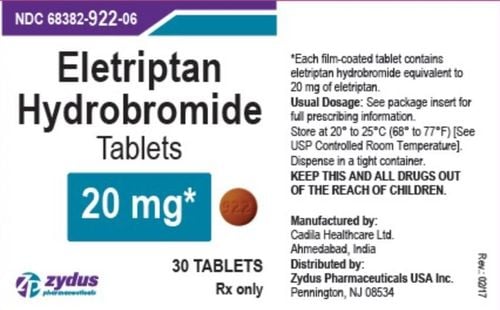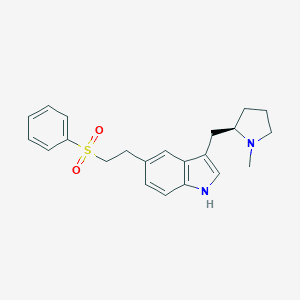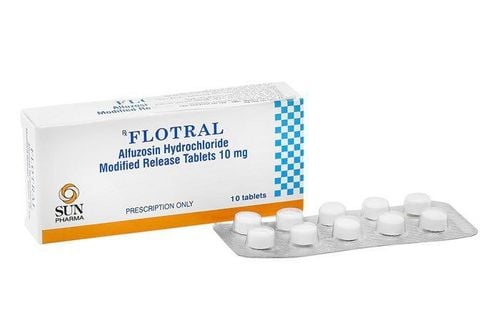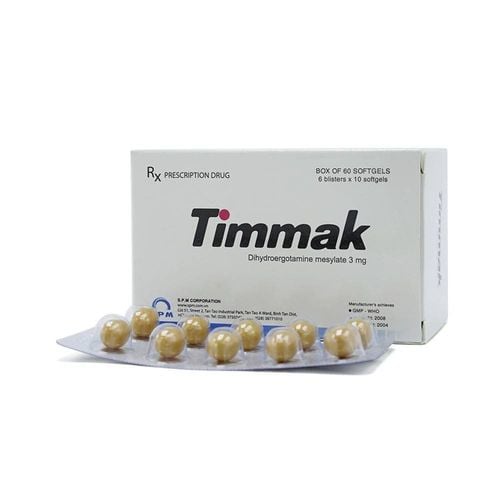This is an automatically translated article.
Migraine is a neurological condition that leads to recurrent headaches, characterized by sharp or severe pain. There are two types of migraine treatment: relief and prevention. Reliever treatments work to stop an ongoing migraine attack, while preventive treatments aim to prevent future migraine attacks.
1. What is a migraine reliever?
Migraine relievers are used to relieve the symptoms of a migraine while it is happening. You may also see migraine relief medications also called acute migraine medications. These drugs are most effective when taken early in a migraine attack. Therefore, it is important to take the medicine as soon as you feel the symptoms of a migraine begin to appear.
The specific type of migraine reliever recommended will depend on several factors, including the severity, frequency, and symptoms of your migraine.
1.1 Over-the-counter medications Many over-the-counter medications that act as migraine relievers can be used to treat migraine attacks, including:
Non-steroidal anti-inflammatory drugs (NSAIDs), such as: such as ibuprofen, naproxen, aspirin, and acetaminophen. A combination of aspirin, acetaminophen, and caffeine Over-the-counter migraine relievers are often used as one of the first-line treatments for migraines. Patients can self-administer in the form of pills or tablets. These migraine relievers can often help ease mild migraines. However, if you have more intense migraines, they may not be as effective at alleviating symptoms.
The side effects of over-the-counter migraine relievers depend on the drug used:
NSAID. Gastrointestinal side effects such as abdominal pain, nausea, and diarrhea are some of the most common side effects of NSAIDs. Acetaminophen. Some people may experience an allergic reaction to acetaminophen. In rare cases, the drug can cause liver damage even at therapeutic doses. Caffeine . Some potential side effects of caffeine include nervousness, nausea, and dizziness. 1.2 Triptans There are seven different types of triptans that have been FDA-approved for migraine relief, including:
Sumatriptan Rizatriptan Zolmitriptan Almotriptan Eletriptan Naratriptan Frovatriptan Triptans are available in a variety of forms, including: Tablets or tablets capsules Tablets or waffles that dissolve on the tongue Nasal spray Triptan injections are the first-line relief treatment for moderate-to-severe migraine attacks. You will likely be prescribed a triptan if over-the-counter medications are not effective in reducing migraine symptoms.
Some common side effects of triptans include:
Fatigue Muscle soreness Tightness in the chest, jaw or throat A feeling of heaviness in the extremities 1.3 Ergot derivatives There are two types of ergot derivatives used as a remedy. migraine headache treatment. These are dihydroergotamine and ergotamine tartrate.
Ergot derivatives are commonly used as a second-line migraine relief treatment. For example, you may be prescribed an ergot derivative if your migraines don't respond well to over-the-counter medications or triptans.
Similar to triptans, ergot derivatives can be found in a variety of forms. Either way, users are at risk for some potential side effects of ergot derivatives which are:
Nausea or vomiting Diarrhea Cramps in the abdomen, legs Chest discomfort Numbness or paresthesias hands or feet 1.4 Anti-nausea medication Some people may experience a migraine with a feeling of nausea. Therefore, several different anti-nausea medications may be prescribed in combination with the above drugs for migraine relief.
Anti-nausea medications are usually taken orally, for example;
Metoclopramide Prochlorperazine Chlorpromazine Possible side effects of anti-nausea medications may include: Headache Fatigue Restlessness Trouble sleeping Confusion In rare cases, a group of symptoms is called a symptom. Extrapyramidal events can occur with anti-nausea medications, including tremors, involuntary muscle contractions, and involuntary movements.
1.5 Lasmiditan Lasmiditan is a new FDA-approved migraine reliever. The drug is taken orally as a pill or capsule.
Some of the most common side effects of lasmiditan are:
Fatigue Drowsiness Dizziness Paresthesias, pins and needles 1.6 Ubrogepant Ubrogepant is also another new migraine reliever that is taken orally in pill form. tablets or capsules.
The most common side effects associated with ubrogepant are:
Nausea Feeling tired Dry mouth
2. Mechanism of action to cut migraine pain of drugs
2.1 Over-the-counter medications Over-the-counter drugs are used in the treatment of migraine by relieving them through a different mechanism of action as follows:
NSAIDs. NSAIDs work by inhibiting an enzyme called cyclooxygenase (COX) 1 and 2. This blocks the production of chemicals called prostaglandins, which contribute to pain and inflammation. Acetaminophen. The exact way that acetaminophen works to ease symptoms such as pain and inflammation has not been determined. Caffeine (in combination tablet form). Caffeine can tighten or constrict blood vessels. This can reduce blood flow in the brain, which helps alleviate migraine symptoms. 2.2 Triptans Triptans work through binding to certain types of receptors in the brain that are specific for the neurotransmitter serotonin.
When triptan binds to these receptors, blood vessels in the brain constrict. This reduces pain signals. Triptans can also reduce inflammation levels.
2.3 Ergot Derivatives Ergot derivatives work in a similar way to triptans in that they bind to certain serotonin receptors in the brain. This constricts blood vessels and reduces pain signals.
However, ergot derivatives are less specific than triptans and can also bind to other receptors. Therefore, this group often has more side effects than triptans.
2.4 Anti-nausea medications Common anti-nausea medications used for migraines work by blocking a certain type of receptor in the brain. These are specific receptors for the neurotransmitter dopamine.
When these drugs bind to dopamine receptors, they help prevent nausea or vomiting during an attack.
2.5 Lasmiditan Lasmiditan works by targeting a specific serotonin receptor in the brain known as 5-HT 1F. This is the first migraine medication to do this.
The exact mechanism by which lasmiditan relieves acute migraine symptoms is unknown. Unlike triptans and ergot derivatives, lasmiditan does not cause vasoconstriction. This could make this group a good treatment option in people with health conditions that affect blood vessels.
2.6 Ubrogepant Ubrogepant inhibits a receptor known as the calcitonin gene-related peptide receptor. This is the first migraine drug that works through this mechanism.
Ubrogepant prevents the identified peptide from binding to its receptor. When this happens, medication helps stop the pain and vasodilation associated with migraines.
In short, migraine relievers work to ease symptoms when they occur. Medicines are most effective when taken early, so be sure to take them as soon as you start to have symptoms. Usually, the first line of treatment for migraine relief is an over-the-counter medication or a triptan. Other medications may be used if they are not effective in alleviating your symptoms. You can also take medication to ease the nausea that occurs with migraines. It is important that you take your prescription medication exactly as directed by your doctor. If you find that you need to take your medication more than 3 times in a week, make an appointment with your doctor for any necessary medication adjustments.
Please dial HOTLINE for more information or register for an appointment HERE. Download MyVinmec app to make appointments faster and to manage your bookings easily.
Reference source: healthline.com












